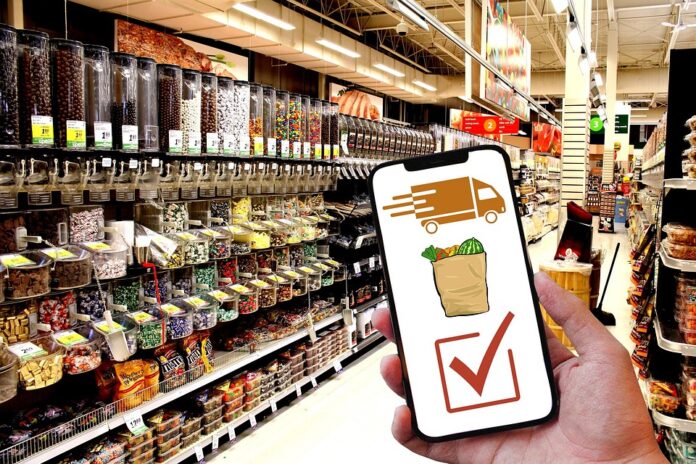Introduction
Returnable and reusable packaging has gained significant attention in recent years as companies seek sustainable solutions to reduce waste and environmental impact. In the food industry, subscription-based models have become increasingly popular, offering convenience and variety to consumers. This report will explore the use of returnable and reusable packaging in subscription food models, highlighting its benefits, challenges, and the financial implications for companies.
Benefits of Returnable and Reusable Packaging
1. Environmental Impact
Returnable and reusable packaging helps reduce the amount of single-use plastics and other waste generated by traditional packaging methods. By encouraging customers to return packaging for reuse, companies can significantly decrease their carbon footprint and contribute to a more sustainable future.
2. Cost Savings
While initial investment in returnable and reusable packaging may be higher than traditional packaging options, companies can realize long-term cost savings by reducing the need to constantly purchase new packaging materials. Additionally, companies can benefit from reduced waste disposal costs and potential incentives for implementing sustainable practices.
Challenges of Returnable and Reusable Packaging
1. Logistics
Managing the collection, cleaning, and redistribution of returnable packaging can be a logistical challenge for companies, especially in subscription food models where packaging needs to be collected and returned on a regular basis. Companies need to establish efficient processes to ensure the seamless flow of packaging through the supply chain.
2. Customer Education
Educating customers about the benefits of returnable and reusable packaging and encouraging them to participate in the program can be a challenge. Companies need to communicate the value of sustainability and convenience to customers to drive adoption of returnable packaging options.
Financial Implications for Companies
1. Initial Investment
Implementing returnable and reusable packaging in subscription food models requires an initial investment in durable packaging materials and systems for collection and cleaning. Companies need to carefully evaluate the upfront costs and potential long-term savings to determine the financial feasibility of such initiatives.
2. Operational Costs
Operational costs associated with managing returnable packaging programs, including collection, cleaning, and redistribution, can impact companies’ bottom line. Companies need to factor in these costs when evaluating the financial implications of implementing returnable and reusable packaging.
Industry Insights
The subscription food industry has seen a rise in companies adopting returnable and reusable packaging as part of their sustainability initiatives. Companies like Blue Apron and HelloFresh have launched reusable packaging options for their meal kits, aiming to reduce waste and appeal to environmentally conscious consumers.
Conclusion
Returnable and reusable packaging offers a sustainable solution for companies in subscription food models to reduce waste and environmental impact. While there are challenges to overcome, the benefits of implementing such initiatives can lead to cost savings, environmental benefits, and increased customer loyalty. Companies need to carefully evaluate the financial implications and operational considerations when implementing returnable and reusable packaging programs to ensure success in the long run.


